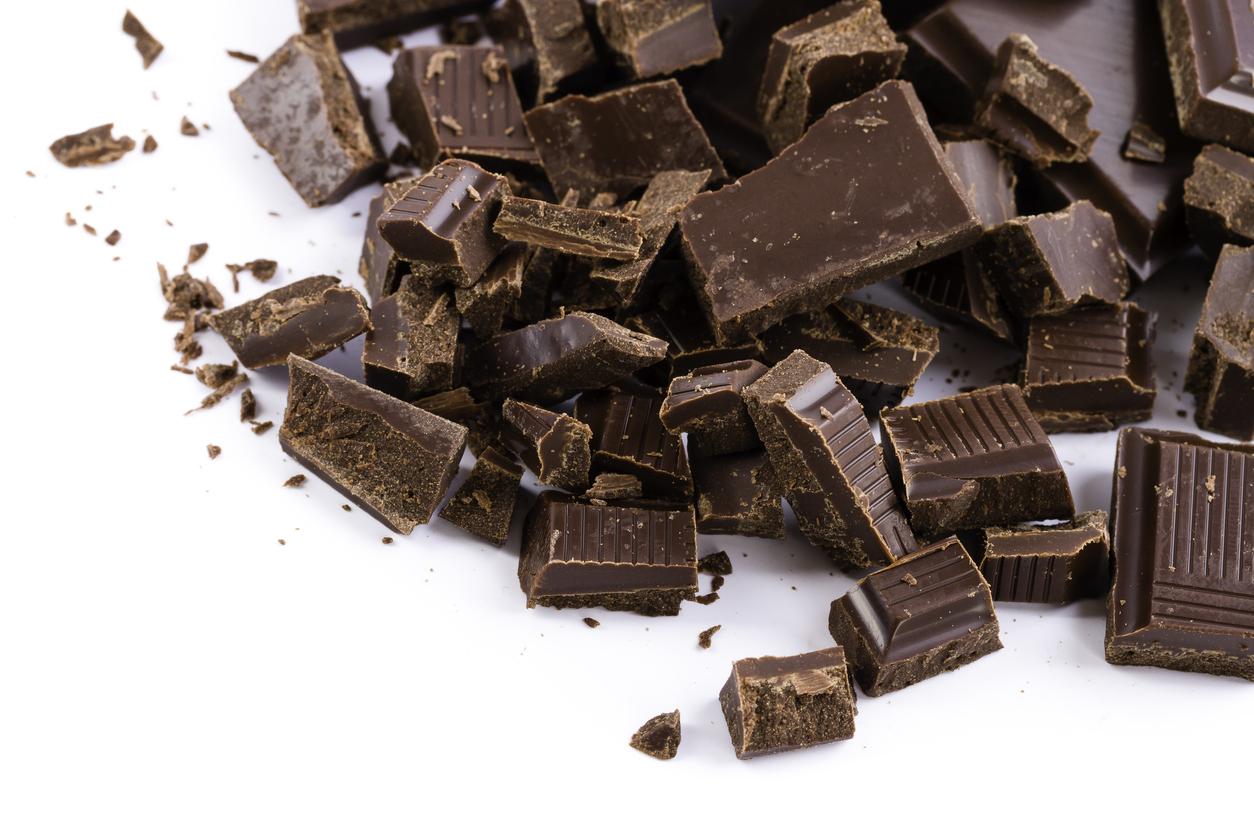Why chocolate goes white and how to prevent it
Before you throw it out, stop and read this

Have you ever raided the kitchen cupboards for that family-sized chocolate bar you sneakily stashed away only to find it has turned an offputting shade of white?
Us too, but you’ll be pleased to hear that this doesn’t necessarily mean the chocolate is old, or inedible.
In fact, the strange phenomenon otherwise known as “fat bloom”, is all down to how we store our favourite chocolatey treats.
According to Channel 4’s Food Unwrapped, incorrectly keeping chocolate in temperatures that are either too cold or too warm causes the fat particles in the chocolate to rise to the surface and in turn create a white powdery film.
It is happens to be the biggest cause of customer complaints and costs the chocolate industry millions of pounds every year.
Investigating the cause of the “bloom”, co-presenter Jimmy Doherty found out that scientists have only recently discovered how the white speckles appear on chocolate.
On tonight’s episode he reveals that by using the world's biggest X-ray at a factory in Hamburg, Germany, scientists discovered that the white powder rises to the surface through tiny cracks in the chocolate, which occur when a bar has been stored at the incorrect temperature.
Explaining how fat bloom appears on chocolate, scientist Dr Stephen Roth said, “Crystalline fat melts and the fat can start moving via the cracks.
“This is where the fat can go into and then it goes to the surface.”
So, what can you do to prevent it?
Chocolatiers are currently working on ways to stop bloom from occurring and so far the best solution they have found is to precisely temper the chocolate which makes it more difficult for the fat to separate.
However during a visit to the Lindt factory in Switzerland, the show also revealed that it’s best to keep chocolate stored anywhere between 14 and 18 degrees Celsius.
Alternatively, Lindt chocolatiers say customers best chances of avoiding bloom is to simply eat the chocolate before it has a chance to form. Now that’s some advice we can get on board with.
Food Unwrapped airs tonight at 8.30pm on Channel 4.
Join our commenting forum
Join thought-provoking conversations, follow other Independent readers and see their replies
Comments